Apple Watch Series 3 vs Fitbit Ionic: the weigh-in
Two heavyweights from different smartwatch codes clash in the Stuff octagon...

WATCH OUT
Fitbit comes from the fitness wearable wilds, but the Ionic ups the stakes with a brand new smarty pants platform that lets you get smartwatch features without making you charge the thing every single day. The Apple Watch has been the king of smartwatches since it appeared, but the Watch 3 has better fitness chops then ever. So can a smartwatch that has hired a personal trainer beat a fitness tracker with an Open University diploma in smartwatch skills? Let’s find out.
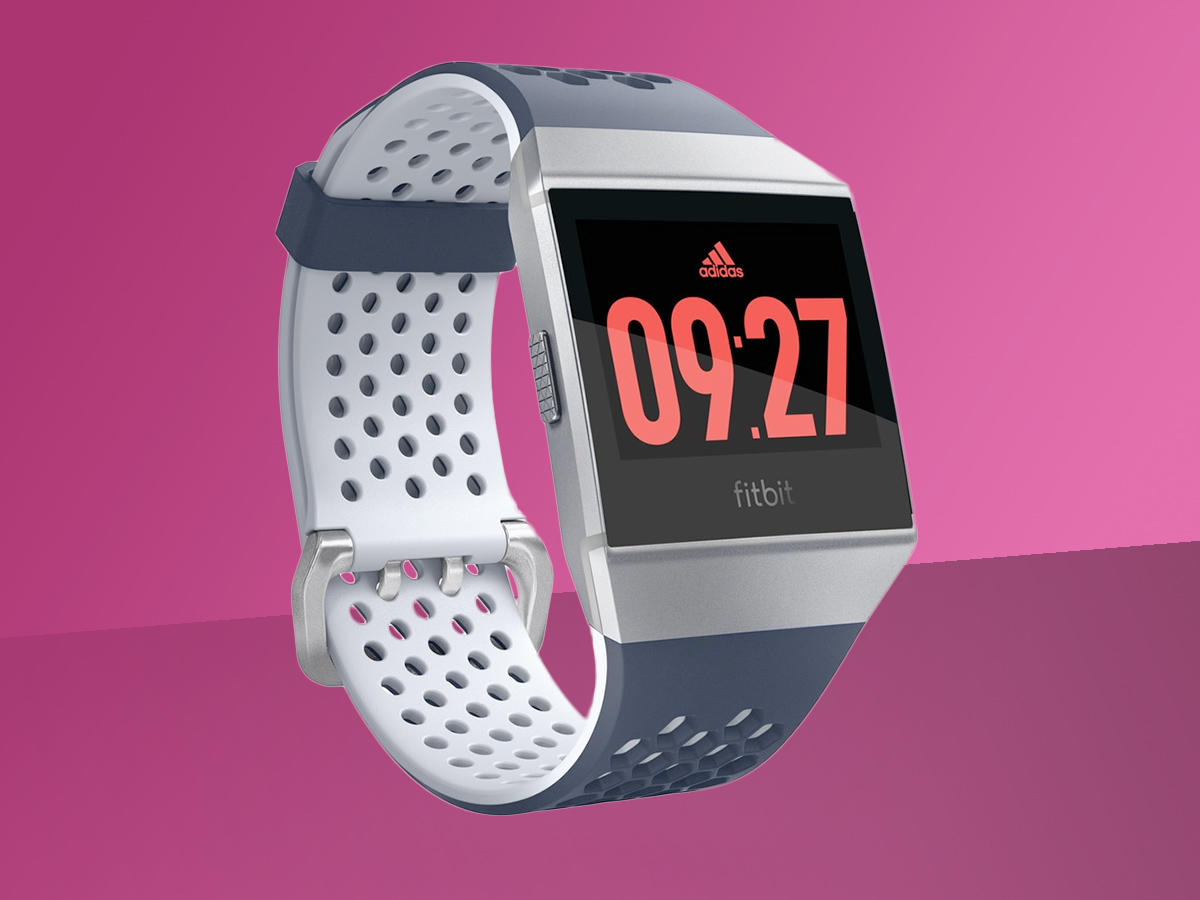
TRULY ICONIC?
The Fitbit Ionic offers three shell colours (gold, silver, black), three sport band shades and leather straps in “Cognac” brown or Midnight Blue. The Apple Watch 3? Prepare to get your head twisted. The aluminium casing comes in three colours: gold, black and silver. You can then choose a fabric or silicone strap that comes in up to five colours. As with previous generations, you can also choose the size: 42mm for the big-wrested, 38mm for us dainty types.
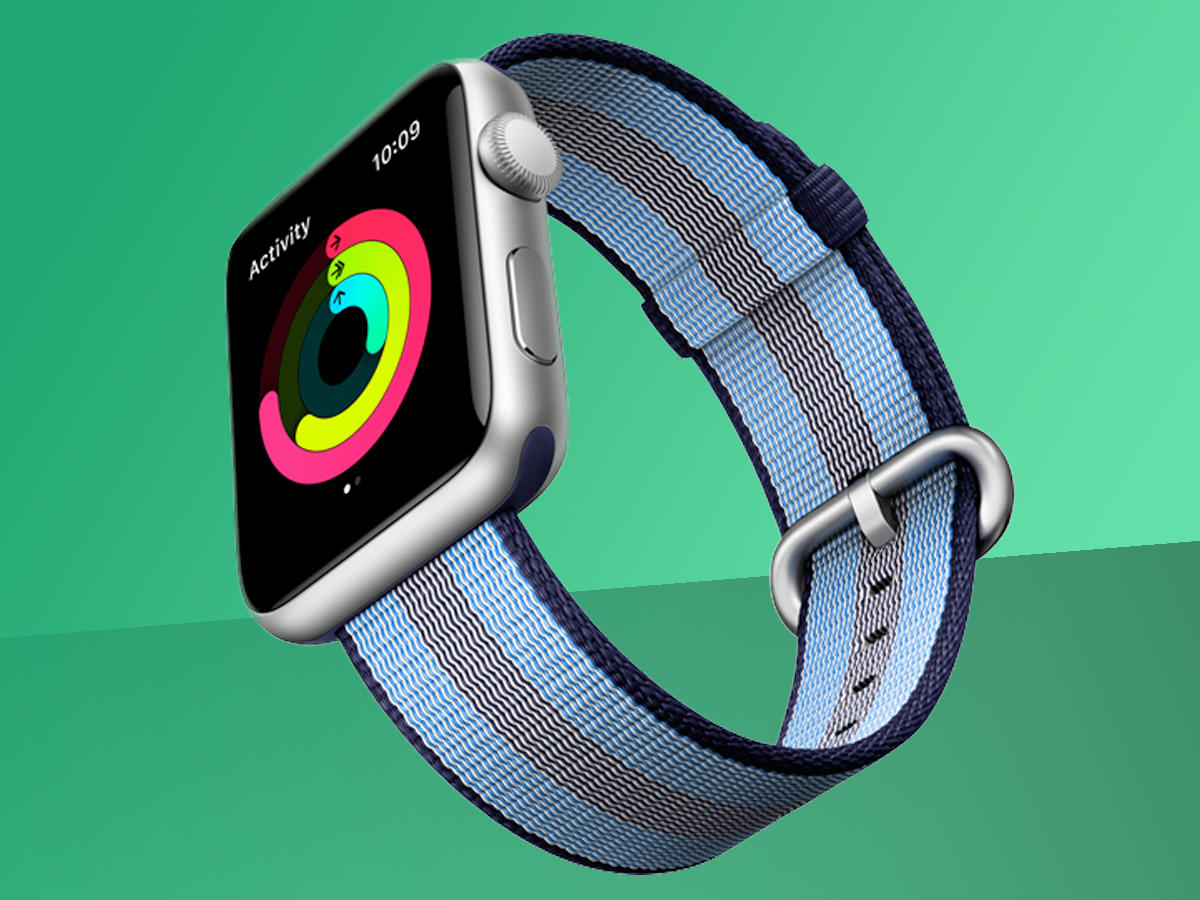
OPTIONS GALORE
Pay a bit more though and you can get the stainless Steel Apple Watch 3. It comes with stainless steel, leather and silicone strap options. There are also ceramic “Edition” Apple Watches, Nike branded ones and those with Hermes straps. We recommend a lie down before choosing an Apple Watch. You may need it. Expensive fluff aside, there’s still a big style difference between the Watch 3 and Fitbit Ionic. The Fitbit looks much, much sharper. Not Hugo Boss and cufflinks sharp, the lines are all aggressively angular, while the Watch 3 has a much softer, less abrasive look. We’ll leave your eyes to judge which is better. We’re leaning towards the Apple Watch. Both watches have fantastic 50m water resistance, meaning you can wear them in the shower or swimming pool without ending up with a dead lump of aluminium on your wrist. Phew.
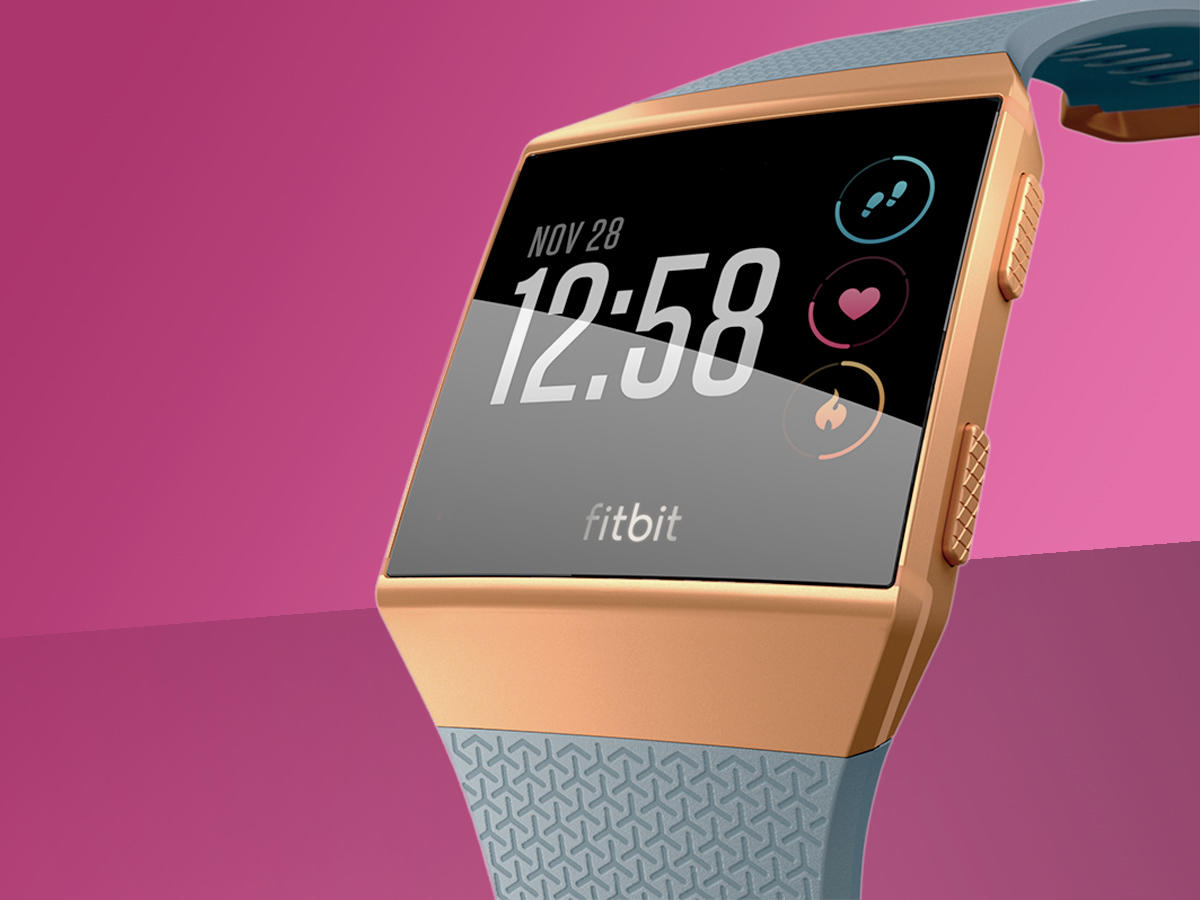
A FITNESS FACE OFF
The Ionic is the most aggressive Fitbit ever, and not just because of that chiselled face. It’s out to do just about everything an Apple Watch can handle. Both watches have an HR scanner on the back. They can connect to Bluetooth headphones. You can wirelessly pay for stuff with a quick swipe across a payment terminal. Built-in GPS lets you properly track runs rather than just guessing based on the number of steps you take. And, missing from a lot of rivals, an altimeter tracks the number of stairs you dance up when recreating the Rocky training montage. These little guys can do a lot. They also have Wi-Fi, so they don’t have to always rely on a connection to your phone.
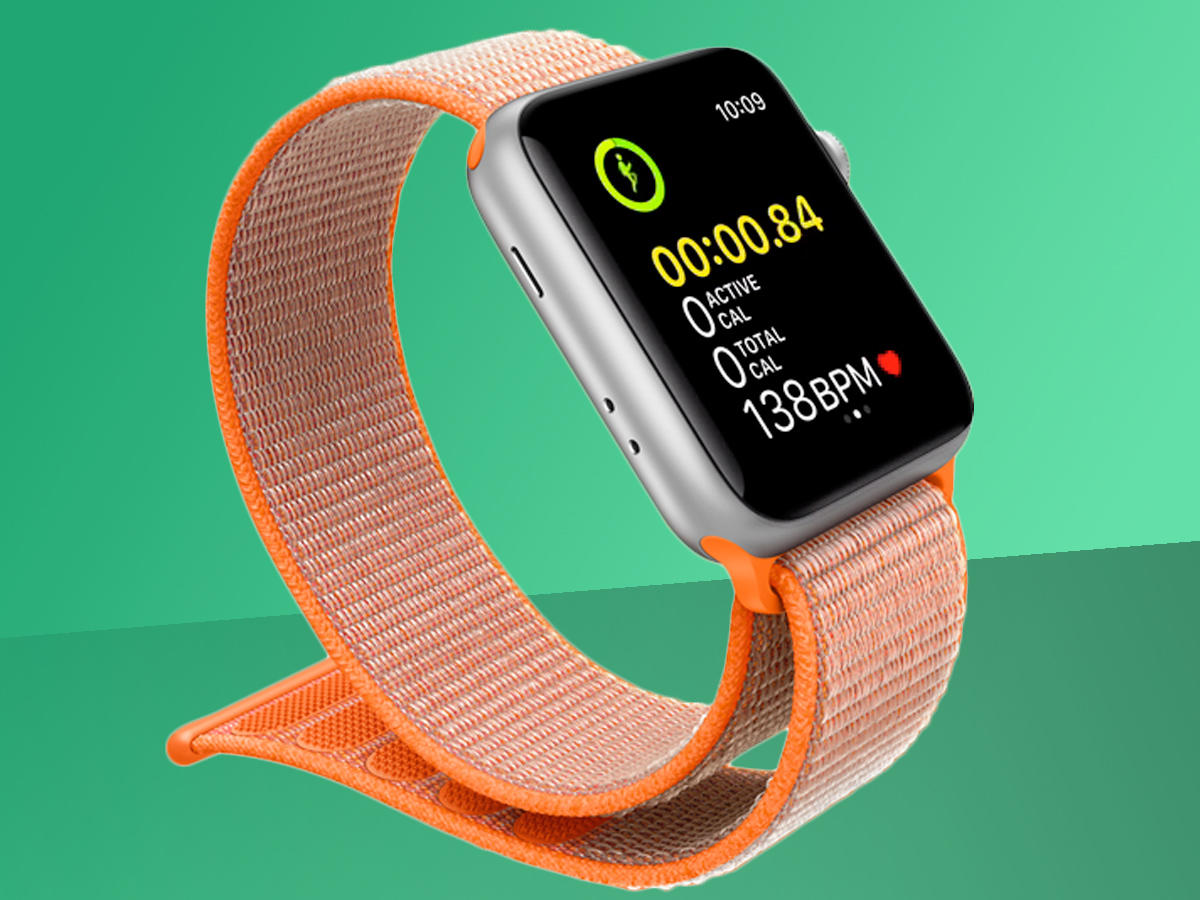
LET’S GET PHYSICAL
Both watches do some pretty neat things with heart rate data, like tracking how your resting heart rate changes over time. However, Apple has the edge at the moment as the Watch 3 also monitors your recovery times. How quickly you get down from “my heart’s going to explode” 180bpm to your resting rate is a decent sign of how fit you really are. The size of your biceps? Not so much. The Fitbit Ionic hits back with SP02 readings. This measures the oxygen saturation in your blood, another way to judge fitness. Strangely enough, teardowns indicate the Apple Watch hardware is actually capable of making these readings. But WatchOS doesn’t do it, yet.
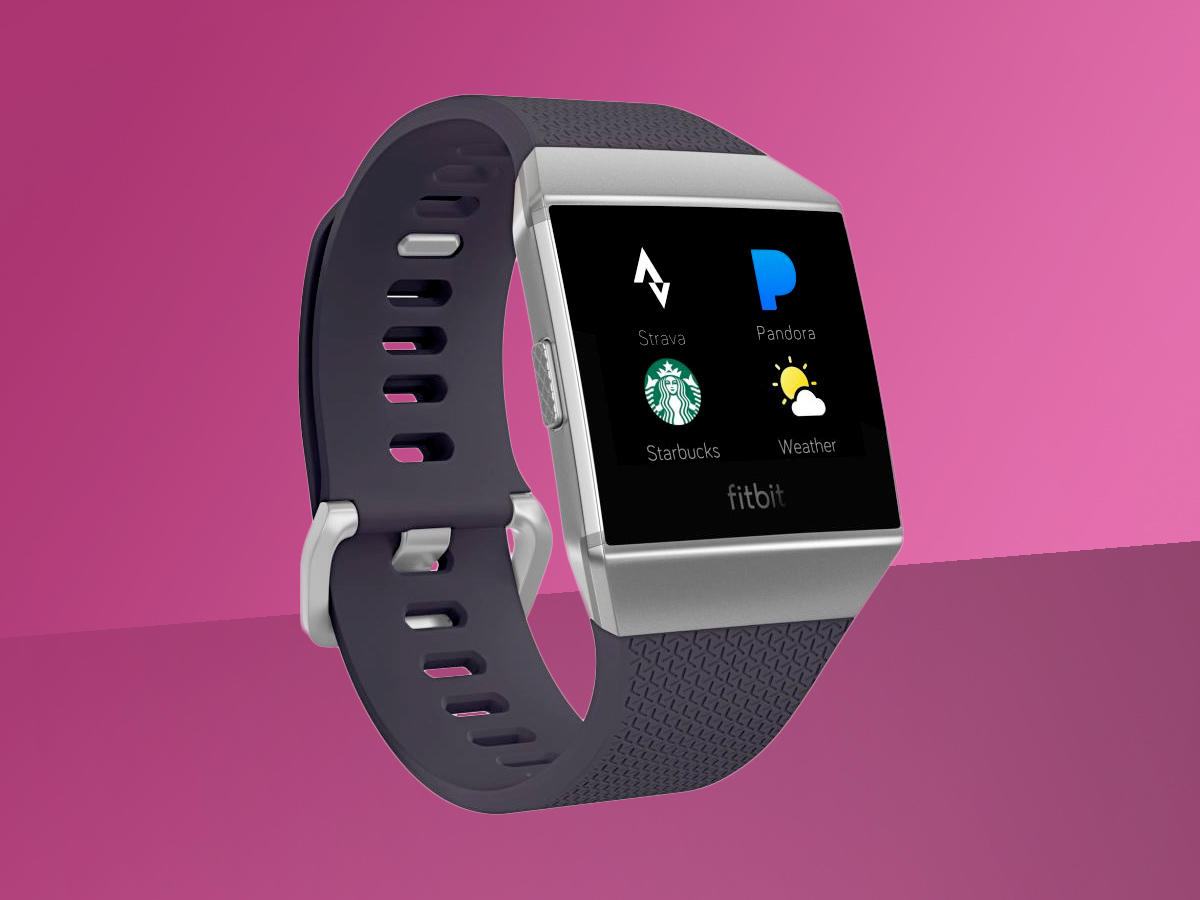
DIZZYING DISPLAYS
Stepping back from the innards a minute, there’s a pretty big difference between the Ionic and Watch 3 screens. The Apple Watch 3 has an OLED screen that’s either 1.3in or 1.65in across depending on whether you buy the 42mm or 38mm version. The Fitbit Ionic display, meanwhile, is 1.42in across, and uses an LCD. In the cinema or a dark room you’ll see some backlight glow that wouldn’t be a problem with the Watch 3. Outdoors neither of these watches is going to struggle, as they can both reach an eyeball-melting 1000nits.
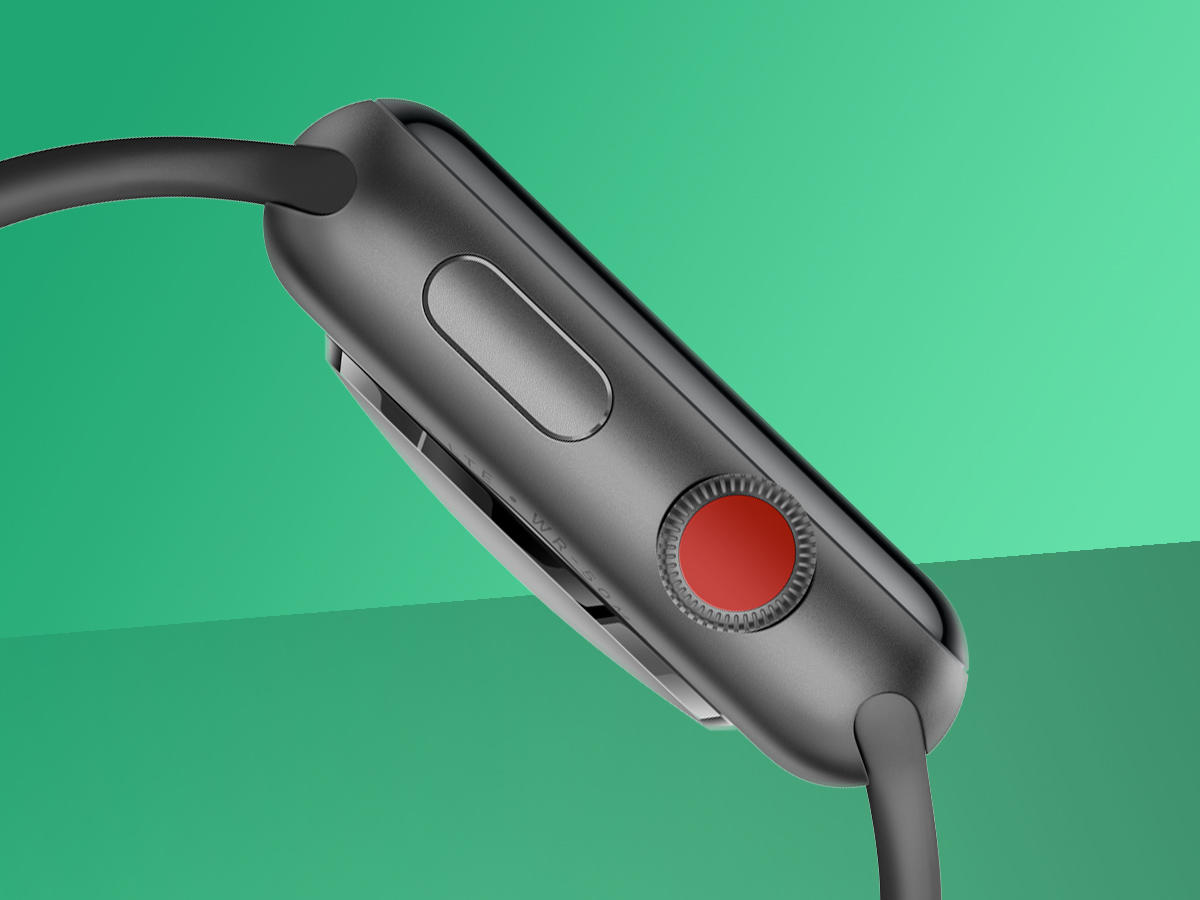
SOFTWARE FOR THE MANY
Software is where this comparison gets a bit sticky. The Fitbit Ionic has a brand new platform and a Gallery section that will let you download third-party apps. But at the time of the Apple Watch 3 launch, developers are only starting to get their hands on the tools needed to make them. By contrast, Apple Watch devs have been making Watch OS apps since 2015. There are tens of thousands of the things. And at least 25 of them are great.
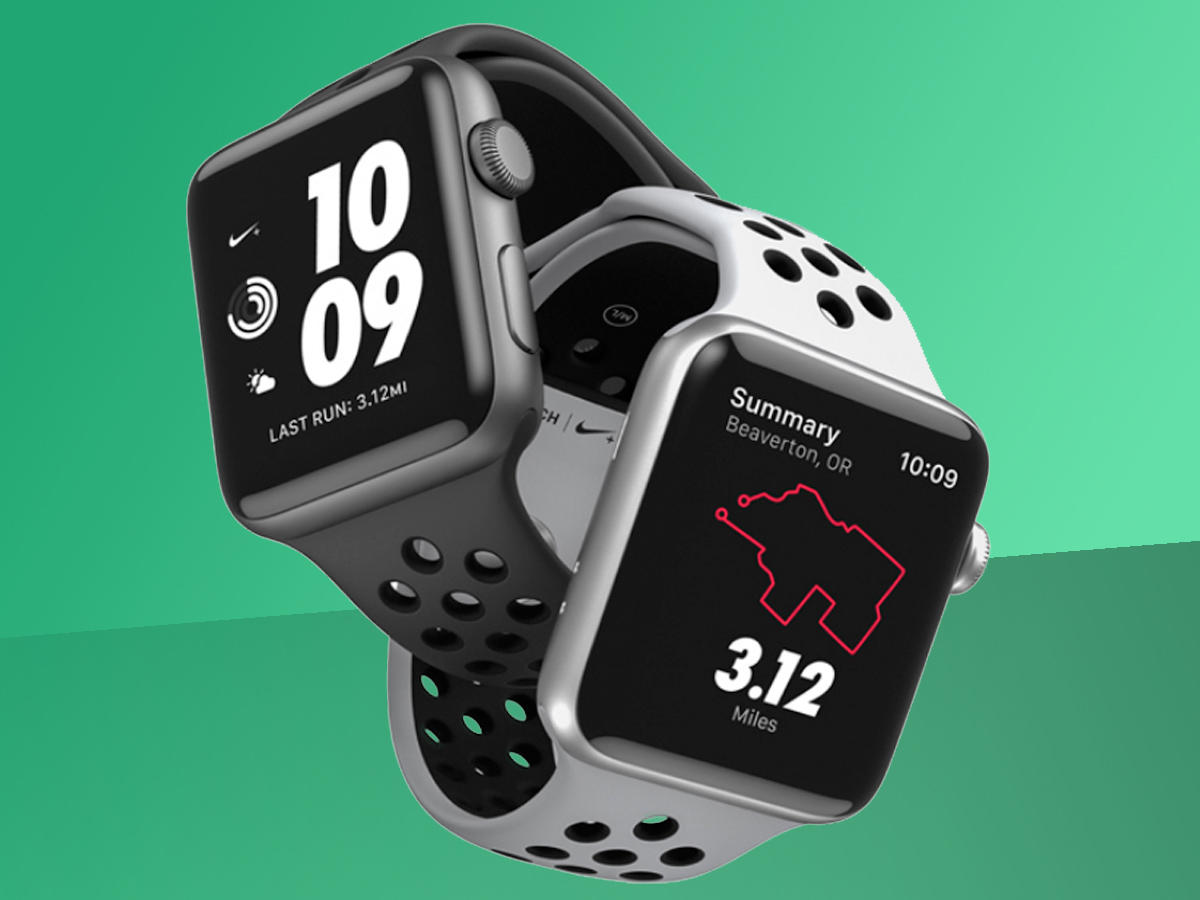
SMARTWATCH CHEMISTRY
Like the Apple Watch, the Fitbit Ionic offers proper phone notifications. Most other Fitbits just notify you of calls and texts, but this one can handle WhatsApp too. Strava integration is available at launch as well. It’s one of our favourite exercise trackers, so we’re actually not too bothered whether Runkeeper and the other dozen services get on-board. One of the potential benefits of the Fitbit approach is that the Ionic interface doesn’t have to be complicated. It’s not designed to house dozens of apps, but you can flick through what’s on there with a few gestures on the touchscreen. The Apple Watch 3 has a much more involved interface. There’s an icon-based app menu that can gives you quick access to loads of installed apps, but the app cloud takes some getting used to. Both watches predominantly use the touchscreen, but the Apple Watch also has a digital crown that can be used to scroll through menus, while has Ionic just has two hardware buttons on the side.
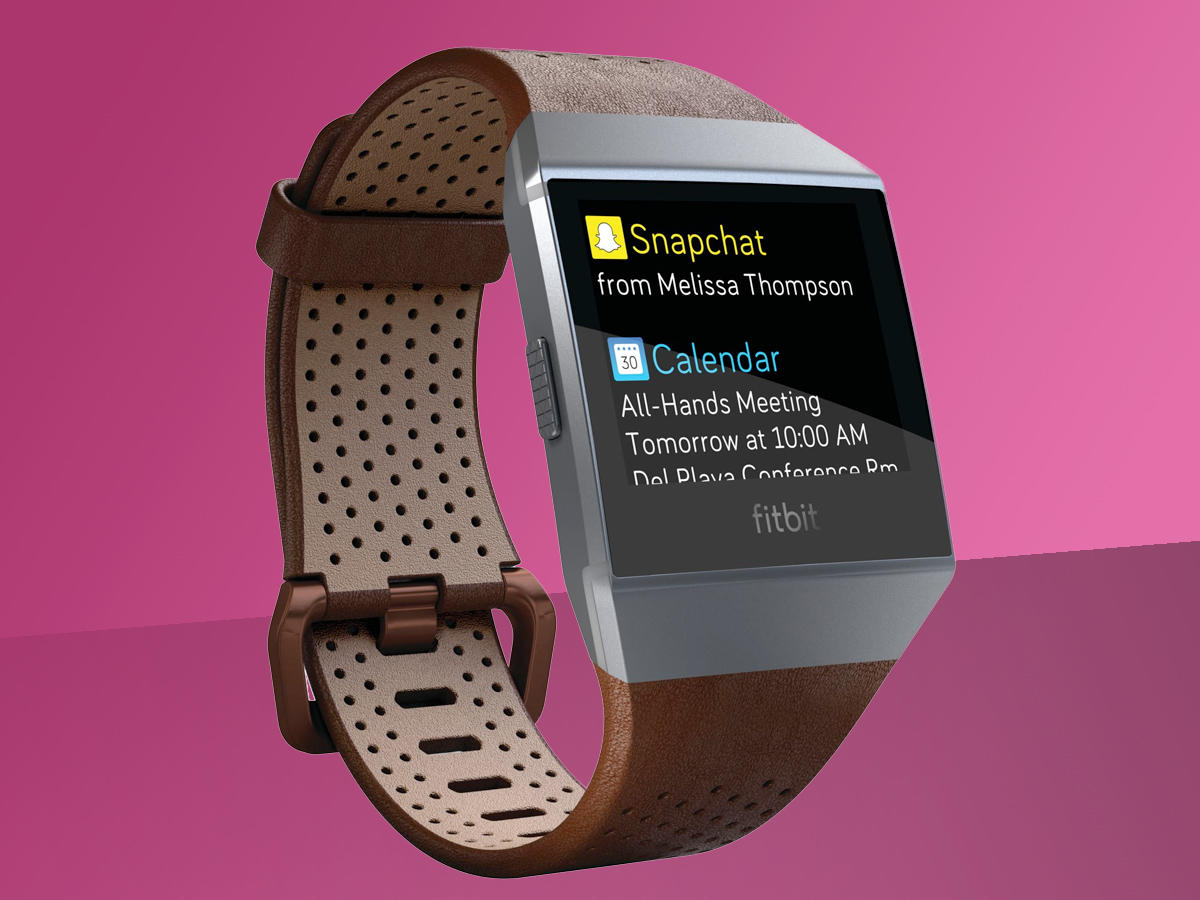
BATTLE OF THE BATTERIES
One of the biggest benefits of the Fitbit Ionic is battery life. It claims to last for up to four days between charges, though we’re yet to put that claim to the test. Apple’s claim for the Apple Watch Series 3 is that it’ll last for up to 18 hours. That includes a 30-minute workout, quite a lot of notifications and 45 minutes of app use. If you settle into a pattern of very light watch use, you may be able to get it to last for two days. Used to track a very (very long) run, the Apple Watch 3 will likely last for around seven hours. Fitbit claims the Ionic lasts for 10 hours of GPS use. This is one fight the Ionic wins (on paper).
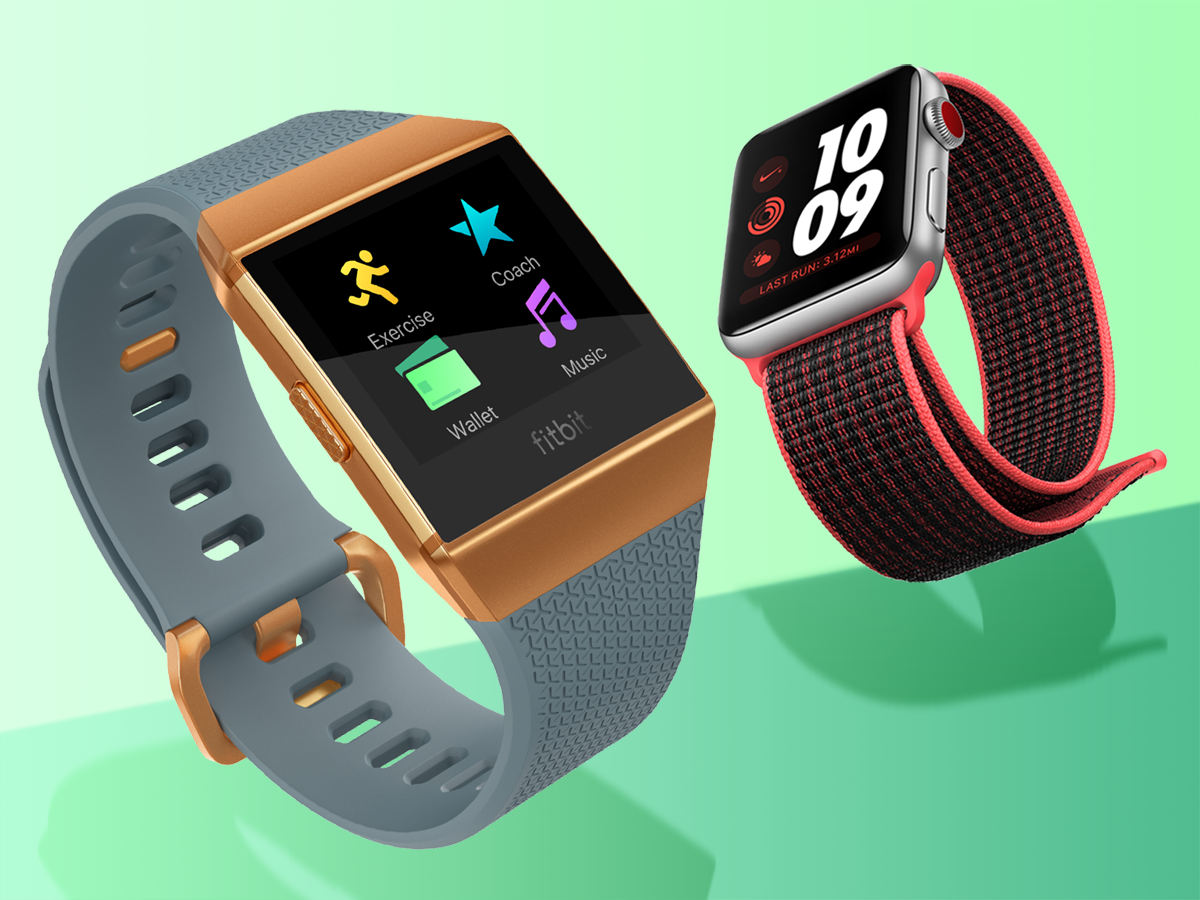
A LEGITIMATE CHALLENGER?
Can the mysterious Fitbit Ionic take on the king of smartwatches? With no apps? And a design that makes it look a bit like a Star Trek prop given a fashion injection? It just might, you know. You need to have faith to buy one so early, as third-party apps will add a lot to what it can do. And we don’t know how many of them will appear. However, the promise of four day battery life is alluring. We’re tired of smartwatches that we end up having to charge every day just to make sure they don’t die before lunch time on day two. Right now, the non-cellular Apple Watch Series 3 is shaping up to be the best all-rounder, but the Ionic looks like great and slightly more affordable option – whether you own an iPhone, or not.


